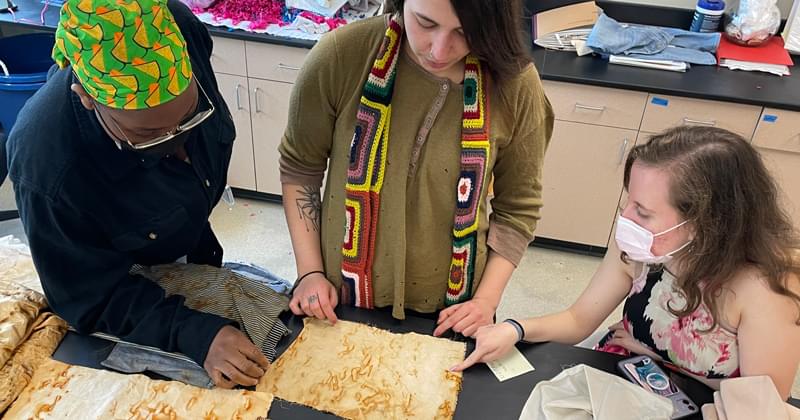Getting AIs to work together could be a powerful force multiplier for the technology.
Philip Feldman at the University of Maryland, Baltimore County told New Scientist that the resulting communication speed-ups could help multi-agent systems tackle bigger, more complex problems than possible using natural language.
But the researchers say there’s still plenty of room for improvement. For a start, it would be helpful if models of different sizes and configurations could communicate. And they could squeeze out even bigger computational savings by compressing the intermediate representations before transferring them between models.
However, it seems likely this is just the first step towards a future in which the diversity of machine languages rivals that of human ones.






